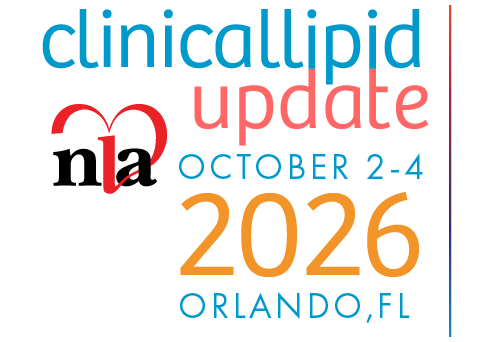The Heart Protection Study 2 — Treatment of HDL to Reduce the Incidence of Vascular Events (HPS2-THRIVE) trial was a randomized, double-blind, multicenter clinical trial.1 Enrolled subjects were between ages 50 and 80 and had a history of vascular disease. After a four-week run-in phase with simvastatin 40mg daily (ezetimibe was added if total cholesterol remained >135 mg/dL), subjects were randomized to extended-release niacin-laropiprant or matching placebo. Laropiprant, a prostaglandin D2 inhibitor, may improve niacin tolerability by reducing the incidence of flushing. After a median follow-up of 3.9 years, niacin-laropiprant did not reduce the primary outcome of first major vascular event but did increase the risk of niacin-related serious adverse events.
Some have suggested that increasing high-density lipoprotein cholesterol (HDL-C) with niacin is ineffective at reducing cardiovascular risk based on the results from HPS2-THRIVE; however, the stated purpose and study design do not fully support this conclusion.2 The study did not establish specific entry criteria for lipoprotein levels or target patients with low HDL-C. HPS2-THRIVE primarily included patients with an HDL-C >43 mg/ dL (49.2 percent) and only 19.1 percent of the study population had a baseline HDL-C <35 mg/dL.
The overall lack of benefit with niacin-laropiprant is difficult to reconcile with earlier niacin trial data. Although niacin was the primary target drug, the observed effects may have been influenced by the addition of laropiprant. Similarly, patients receiving ezetimibe plus simvastatin achieved lower low-density lipoprotein cholesterol (LDL-C) levels than those taking simvastatin alone (53 mg/dL vs. 56 mg/dL, respectively), potentially masking any additional benefits from niacin.
A more likely explanation for the lack of benefit is related to the ethnicity of the population (57.4 percent from Europe and 42.6 percent from China). The first impact of combining these two groups was observed during the run-in phase. During this period, fewer anticipated differences in lipid levels (12 percent LDL-C reduction from baseline in Europe, 7 percent in China) prompted the steering committee to increase study enrollment from 20,000 to 25,000. Although the overall incidence of major vascular events was not significantly different between groups, patients from Europe receiving niacin had fewer events compared with placebo (11.3 percent versus 12.4 percent), but no difference existed for patients from China (15.8 percent versus 15.5 percent).
The incidence of niacin-associated serious adverse effects also was influenced by the population demographics. Patients in China receiving niacin-laropiprant were 10 times as likely to experience myopathy compared with those in Europe. Although patients with active peptic ulcer disease were excluded, those with a history of peptic ulcer disease were allowed to enroll. Because the mechanism of niacin- related gastrointestinal bleeding is due to prostaglandin-mediated vasodilation, the observed study incidence represents a major strike against laropiprant. As expected, patients receiving niacin were more likely to experience worsening insulin resistance. The increased incidence of glucose-related hospitalization in patients with pre-existing diabetes was not observed in other studies. Although a subgroup analysis by ethnicity was not provided, it is possible that this increase was influenced by the Chinese population and related to increased niacin sensitivity or health-system custom for care of patients with glucose excursions.
The authors concluded that the addition of niacin-laropiprant “to statin-based LDL-C lowering therapy did not significantly reduce the risk of major vascular events.” A key omission from this conclusion is that the patients achieved a mean non-HDL-C of 84 mg/dL prior to randomization, a level that would not traditionally warrant additional intervention. Consequently, these results may validate the benefit of aggressive cholesterol management, especially in patients who are male, smoked, or are from Europe. Although the sample size of this study is impressive, characteristics of the study population from which the data were derived must be considered before applying the findings to individual patients in clinical practice.
Disclosure statement: Dr. Dixon received speaker honorarium from Sanofi. Dr. Sisson received speaker honorarium from AADE.
References are listed on page 35 of the PDF.






.jpg)
.png)












